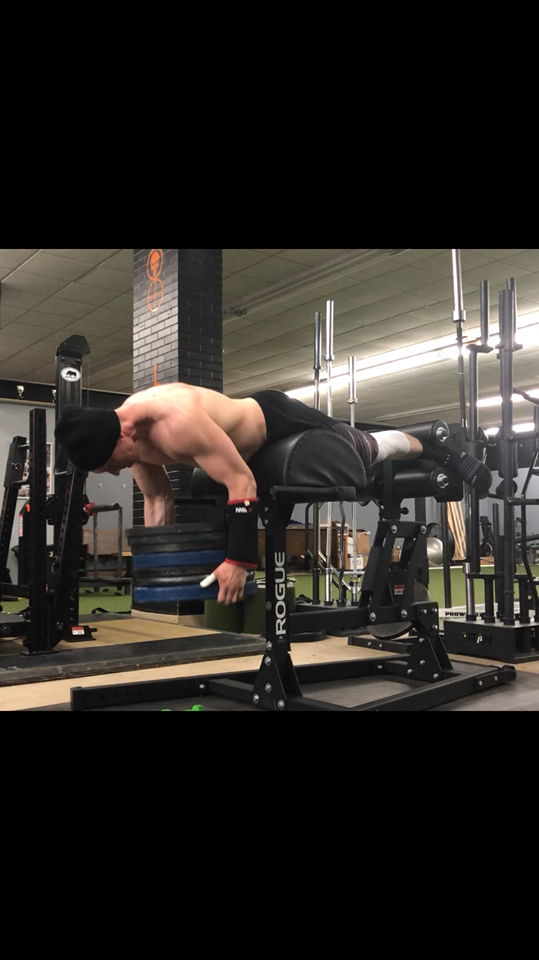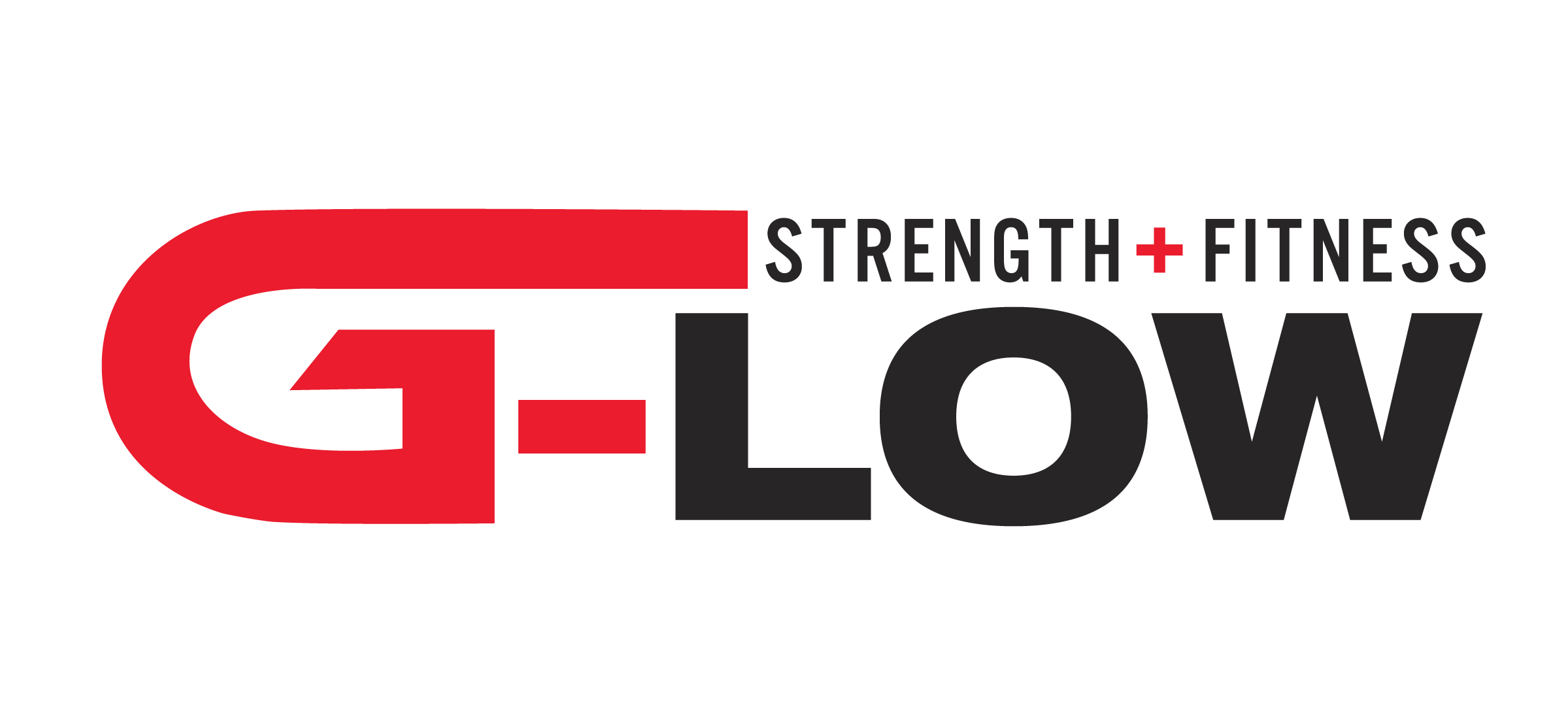Many people go into the gym and incorporate the main three exercises without really knowing what these may be. The main three exercises are the squat, bench, and deadlift, as well as all the variations of these movements. These are compound movements that recruit multiple muscle groups and require coordination between said groups. These main movements are also particular to the individual and their needs. An average person will get more out of a typical goblet squat verse and athlete looking to build strength/explosiveness . Athletes may lean more towards strength movements such as the back squat , deadlift and bench press. Plyometric training is also another modality that athletes utilize in their training as well. These consist of many types of jumps and drills to help increase jumping capability as well as speed. For the general population doing heavy max effort type movements incorporated with the strength and power realm isn’t a main priority for that client base. Don’t get me wrong , if your goal is to build your squat up , then by all means it can be done!! But As you can see it is all going to very on your fitness level and your prospective goals. So, the main movement you choose should correspond to your goals. Your Strength coach or Personal Trainer should sit down and discuss these goals with you.

Accessory movements are exercises implemented as supplemental movements to help weak areas and strengthen the main movements. For example, if you are squatting and your chest keeps caving, you probably need to build up your low back/erectors and your core muscles. Assistance or auxiliary exercises should be individualized to the person and their particular weaknesses. That is why it’s important to analyze and evaluate movement during exercise. By analyzed an individual’s movement, weaknesses can be evaluated and the correct accessory movements can be perscribed. Speaking in generalities, The anterior(front side of body) chain is often overdeveloped and the posterior(rear side of body) chain is usually underdeveloped. The posterior chain is extremely important because it involves all of the muscles of the low back, glutes, hamstrings, calves etc. These muscles need to be strong to improve performance as well as injury prevention.
Some examples of accessory movements are listed below:
Leg exercises/Low back exercises/Core exercises
Glute ham developer
45° degree back extensions
Hollow body hold
planks
Side plank
Chest/back /biceps /Triceps /Shoulders
Chest flys
Pull-ups
Hammer curls
Regular dumbbell curls
Dips
Overhead tricep extensions
Rear delt flys
Face pulls

All of these exercises are great auxiliary movements to sub in after you hit your main movements . The sets and reps are unique to an individual. Volume and intensity are two important modalities in training. You don’t want to incorporate too much too fast so volume and intensity should be increased slowly as work capacity increases . It is often best to start with 2-3 sets of 10-12 reps. These should be done after the main movement and correspond to the main movement you performed- that is, lower body movements after deadlifts/squats and upper body after pressing. Finish with some solid core movements to round the workout . These are just ideas- there are many other exercises that can be used as accessory movements. Be creative, keep it fresh, and have fun!
